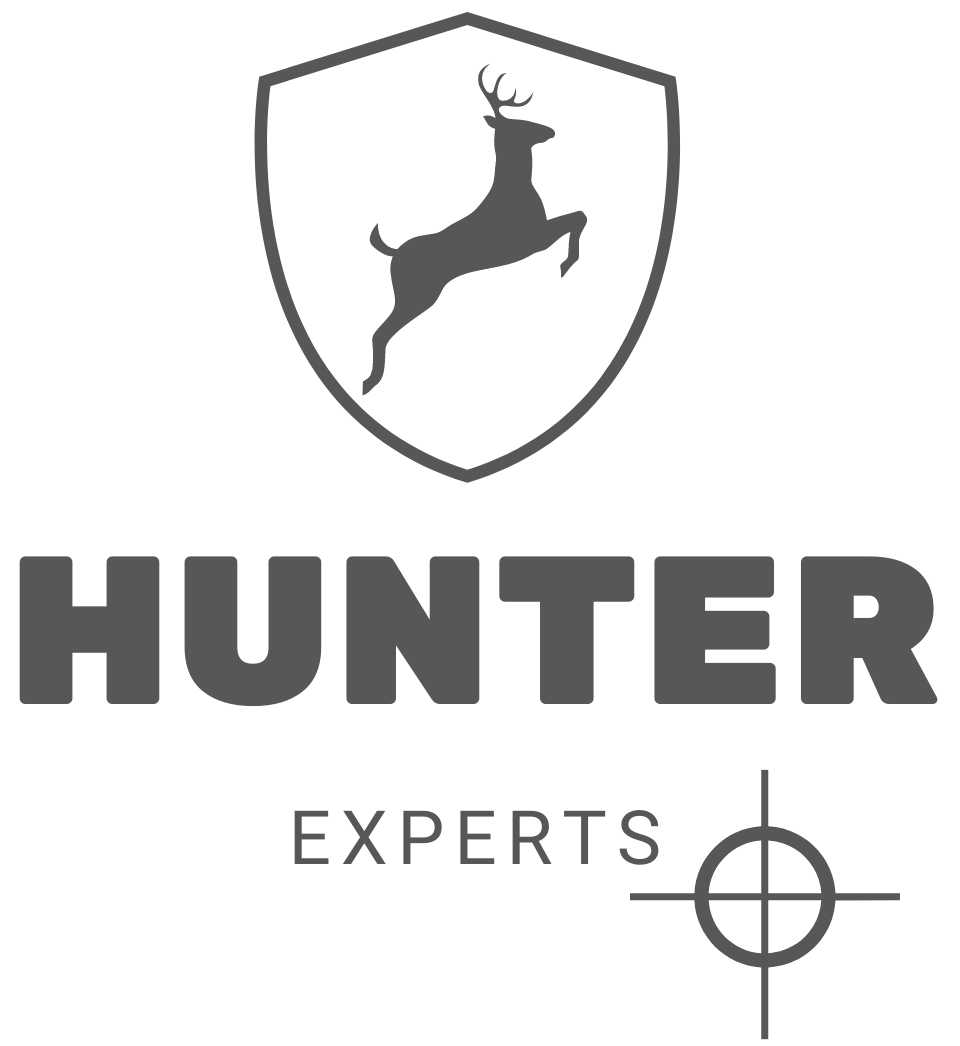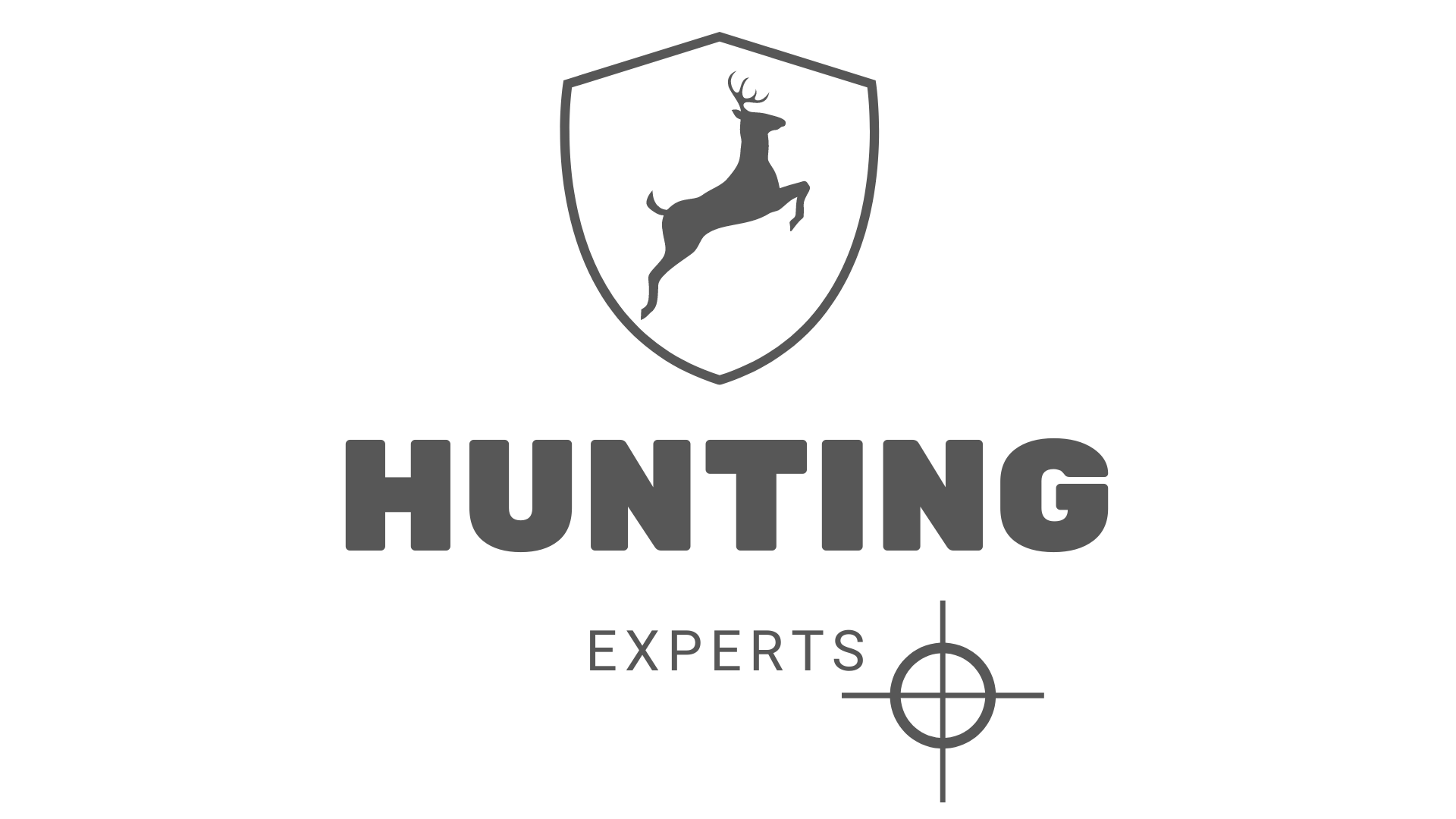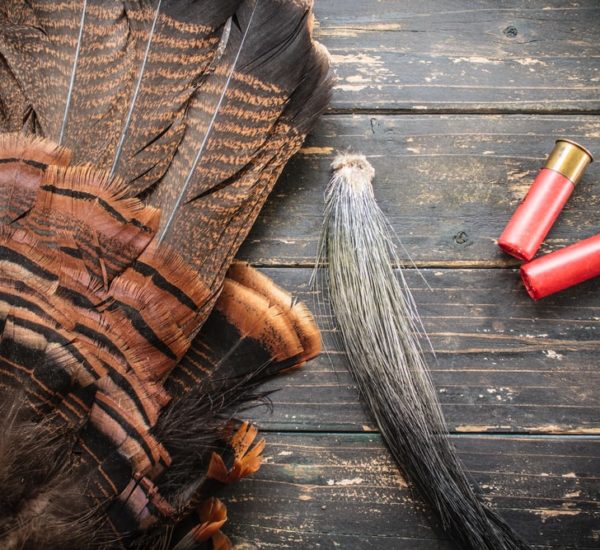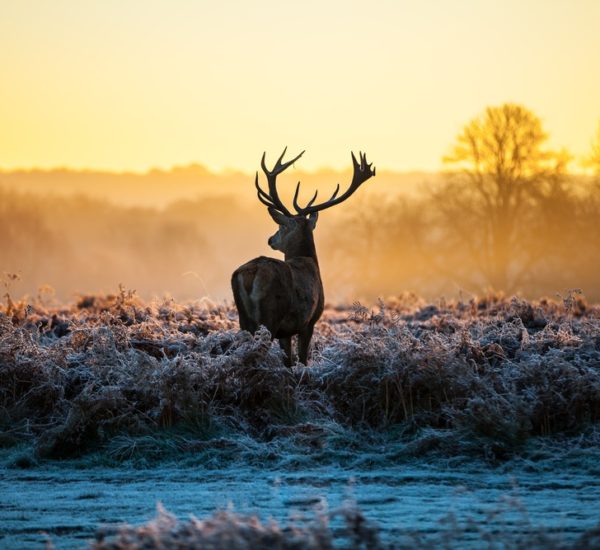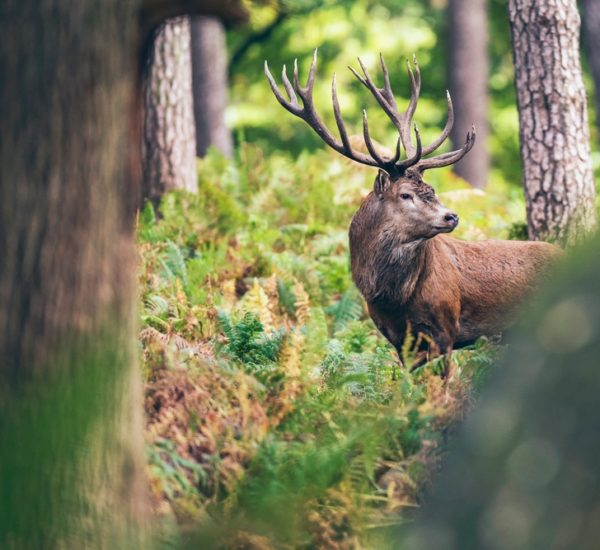Hunting is a great sport that serves the purpose of putting food on one’s table, or it could be an avenue to get rid of pests and critters.
As someone new to hunting or has even been at it for a while, knowing the commonly used shooting positions is very important to help you choose which is most suitable for you.
I have explored various shooting positions, and in this article, we will look at the most commonly used.
Common Shooting Positions
Simply shooting a gun is not a straightforward affair, as it is portrayed in the movies. Having done due research, I have realized that a lot could go wrong if the right techniques are not used or the right precautions are not taken. A good place to start is knowing the different shooting positions and when to use them. There are four popular shooting positions that hunters use. They come with differing levels of complexity, and they all have different techniques. These four shooting positions include:
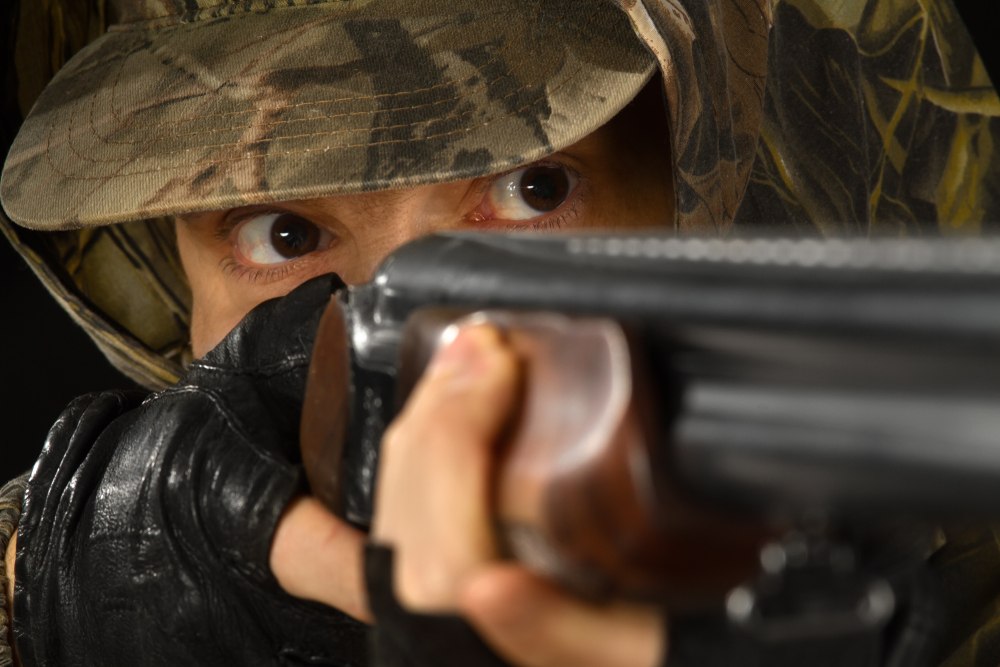
Prone
The prone shooting position requires you to lay on your belly, and it is used by very experienced hunters. It isn’t easy to use because of the position of your body. However, it is the most stable shooting position, and it’s easier to get accurate shots in the prone position. If you’re right-handed, angle your body towards the left of the gun and pull your right leg up for more comfort and balance.
Sitting
I have discovered different sitting positions for hunting. You could sit with your legs apart or with your legs crossed. You could also sit with your legs crossed only at the ankles. This position is most comfortable when you have something to lean against. In the sitting position, both arms are steady as you can rest them on your legs or a bipod stand, if available.
Kneeling
When issuing the kneeling position, you place one knee on your ground and the other foot on the ground. The foot helps to maintain balance and, at the same time, provides a space to support the elbow while shooting. This position is not as stable as the prone or sitting position, but it is much easier to get into than the prone position. When using the kneeling position, it’s important that the elbow is not placed on the knee cap but on the thigh to avoid any injury that could arise from hard contact with bone. If you’re right-handed, you should kneel with your right foot on the ground and your left foot planted. Rest your left elbow on your left knee and keep the right arm tucked into the body. If you’re left-handed, do the opposite. Hunting pants would be helpful when using the kneeling position. You can get the best hunting pants online.
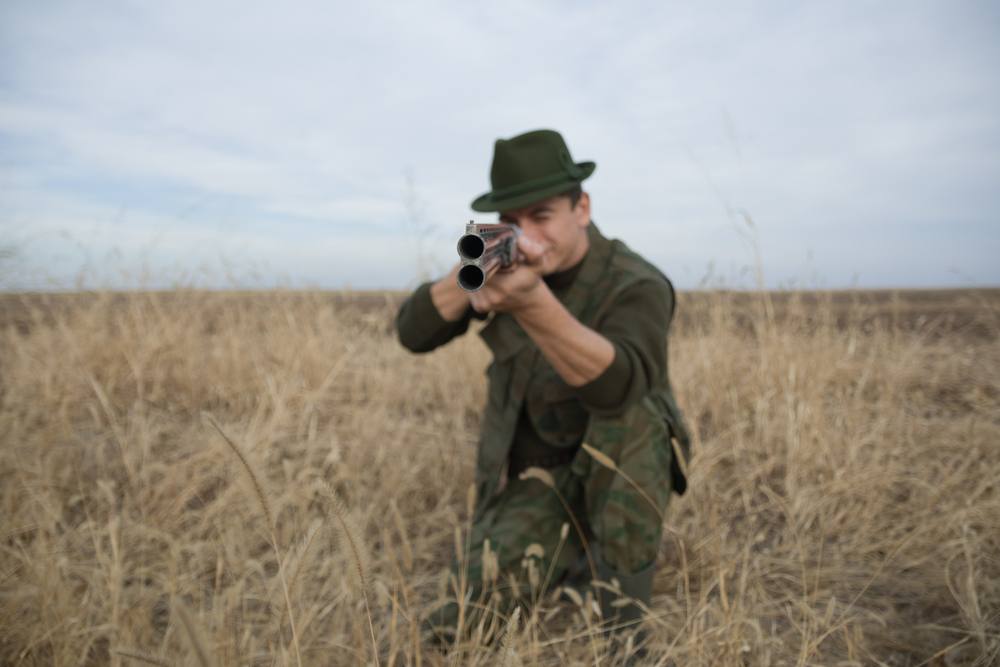
Standing
This position is the easiest to get into because it doesn’t require a lot of movement or positioning of the body. This is the best shooting position for taking quick shots and is perfect for people who shoot with both eyes. The standing position is also great because it allows you to get a good view of your prey. However, it is more demanding as there is more strain on your muscles to make accurate shots, and if you’re aiming for long-distance shots, this is probably not the right position for you.
What shooting position is commonly used when hunting with a shotgun?
A shotgun is a smoothbore shoulder weapon designed to fire several shots or pellets that spread out in a diverging pattern when they leave the muzzle. Shotguns are good for shooting small, moving prey. Compared to handguns, shotguns are larger, heaviest, and not easy to use for close-range shooting. However, shotguns are powerful and allow the shooter to aim at multiple preys quickly. A high-quality pump-action shotgun is more affordable compared to a quality handgun. Shotguns are also more durable if properly taken care of. They are best stored in gun cases when not in use, and it’s always better to opt for the best shotgun case. The following are the most suitable types of shotgun for hunting.
- Double barrel shotguns: double-barrel guns are quick and easy to pull apart for easy cleaning and transport. It has a few moving components that make it easy to use.
- Pump-action: very affordable, allows multiple shots, and is very safe for new shooters.
- Semi-automatic: similar to pump-action guns, it has lower recoil energy. However, they are more tedious to clean, and they have just one barrel.
- Single barrel: single barrel shotguns are inexpensive and are similar to double-barrel guns in terms of mechanism. However, they have just one barrel.

Shotgun-Shooting Stance
The best position for shooting a shotgun is the standing position, specifically, the shotgun position. Firing a shotgun requires flexibility and sharp reflexes as opposed to firing a rifle. This is why it is important to learn proper shotgun techniques to make handling a shotgun a lot easier. I’ve noticed that shotguns are always shot in a standing position at moving targets which requires flexibility, balance, and control to make a good shot. Here are some steps on how to take the shotgun stance
- Stand with your feet spread shoulder-width apart and bend your knees slightly for balance.
- If you’re a right-handed shooter, move your left foot forward slightly while leaning your body in the same direction. If you’re left-handed, do the opposite.
- Keep the toes of your forward foot pointed at about 45 degrees towards your target.
- Shooting a moving target requires a lot of movement and may require you to swing. Bending your knees makes this move easier. Keep the leg at the back slightly bent to support the motion of your hips when you swing to allow for smooth movement.
Now that we’ve learned the stance, next is how to hold the shotgun when hunting.
- You can carry the shotgun in a trail carry gun position which leaves one hand free to help you balance while taking your stance.
- Place the palm of your shooting hand on the side of the stock wrist, which is the slimmest part of the end of the gun, like you’re shaking hands with the stock of the gun.
- Place your index finger on the trigger, then wrap the other fingers around the stock wrist of the gun.
- With your other hand, hold the fore-end of the gun. This would allow you to aim and move the gun in an arc while swinging at your moving prey. Also, it helps you bear the weight of the gun.
- Adjust your forward hand to a more natural position to allow you to steady the gun and have more control while shooting.
- Lift the stock of the gun to your cheek, not taking your head to the gun. Let the stock touch your cheek lightly.
- Once you lift the stock of the gun to your cheek, the butt will rest against your shoulder. Nestle the butt of the gun in your shoulder pocket to prevent movement of the gun when you take a shot and help you absorb the recoil. Make sure to get the best shotgun sling for hunting.
- Keep your head and neck erect. Your head should be erect to prevent injuries or soreness after hating. Avoid craning to look into the sight, instead raise your shoulders and the stock to your cheek and hold your head in a comfortable position.
FAQ
Can a shotgun break your shoulder?
No, a shotgun cannot break your shoulder while firing. However, it might hurt a bit for a really small person firing a shotgun for the first time. This could be caused by counterbalance from not holding the gun properly, which is common with new shooters. The impact from the gun could startle an unbalanced first-time shooter and cause the person to fall over backward, which could lead to other injuries. You can also use a shotgun sling to balance the shotgun on your shoulder.
Do shotguns have a kick?
Different shotguns have different recoil energy and kick. For instance, a 12 gauge shotgun has a moderate kick and recoil energy ranging from 17.5 to 54 ft/lbs, which should be easy for most adults to absorb if the gun is held properly. Other smaller shotguns have stronger kickback when higher power cartridges are used due to the lightweight of the gun.
What shooting position is commonly used when hunting with a shotgun?
The standing position is commonly used when hunting with a shotgun because shotguns are used for moving prey and require a lot of movement. The standing position allows the hunter to move about smoothly while aiming or shooting at its moving target.
Conclusion
Guns can be very tricky to work with, and finding out the best ways to use different guns is key. Different positions, holding, and carry techniques apply to different types of guns. While exploring the world of hunting, I’ve also come to find that different guns are useful for hunting different kinds of prey. I hope this article is as helpful to you as researching it was to me and has provided you with the required basic information on hunting with a shotgun.
